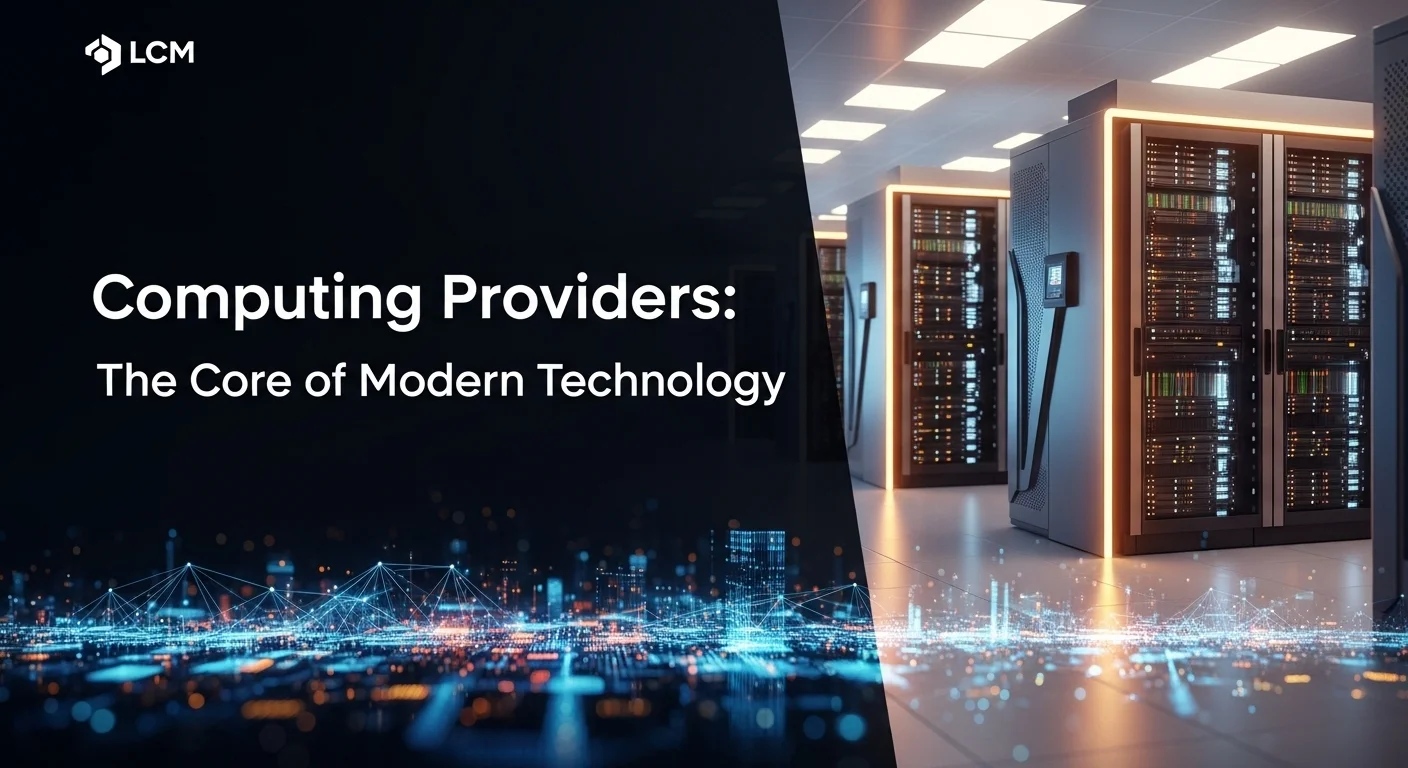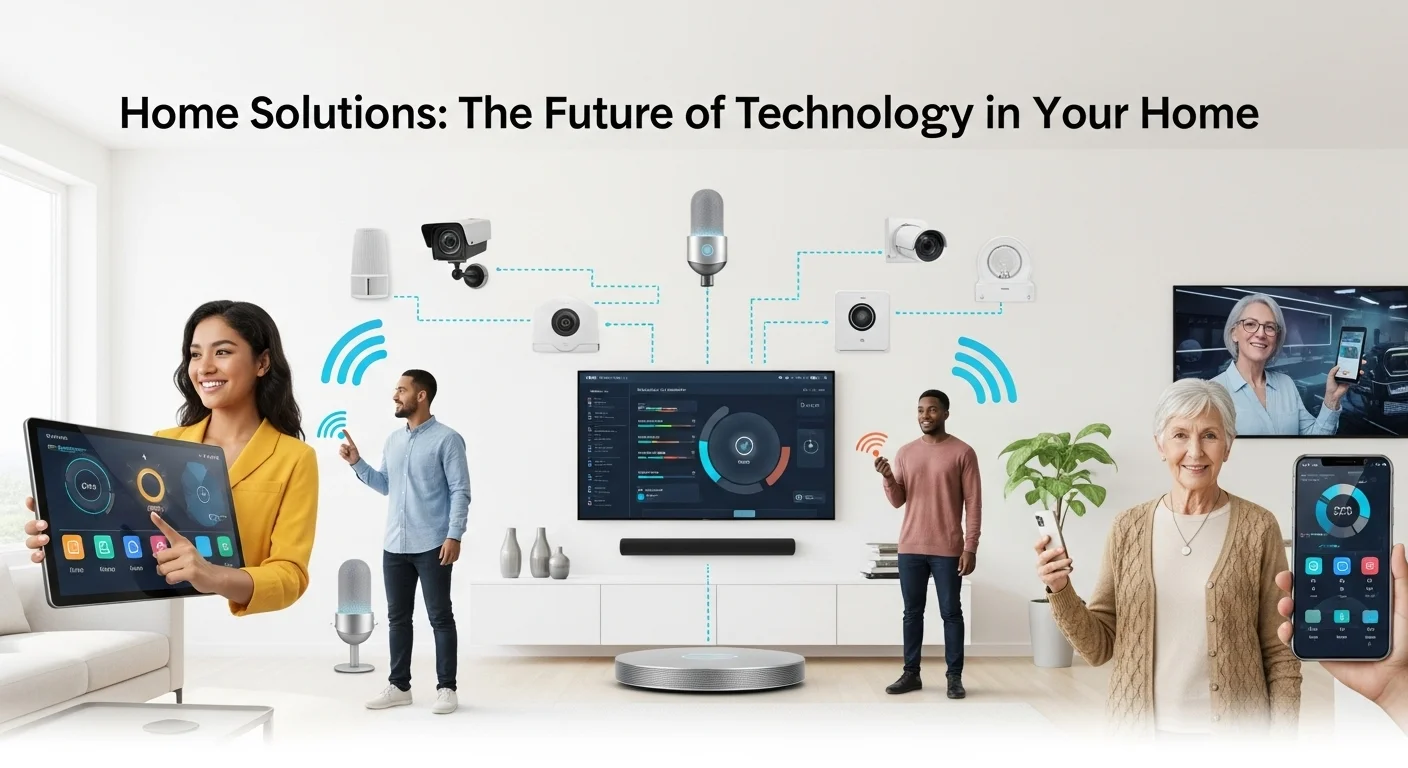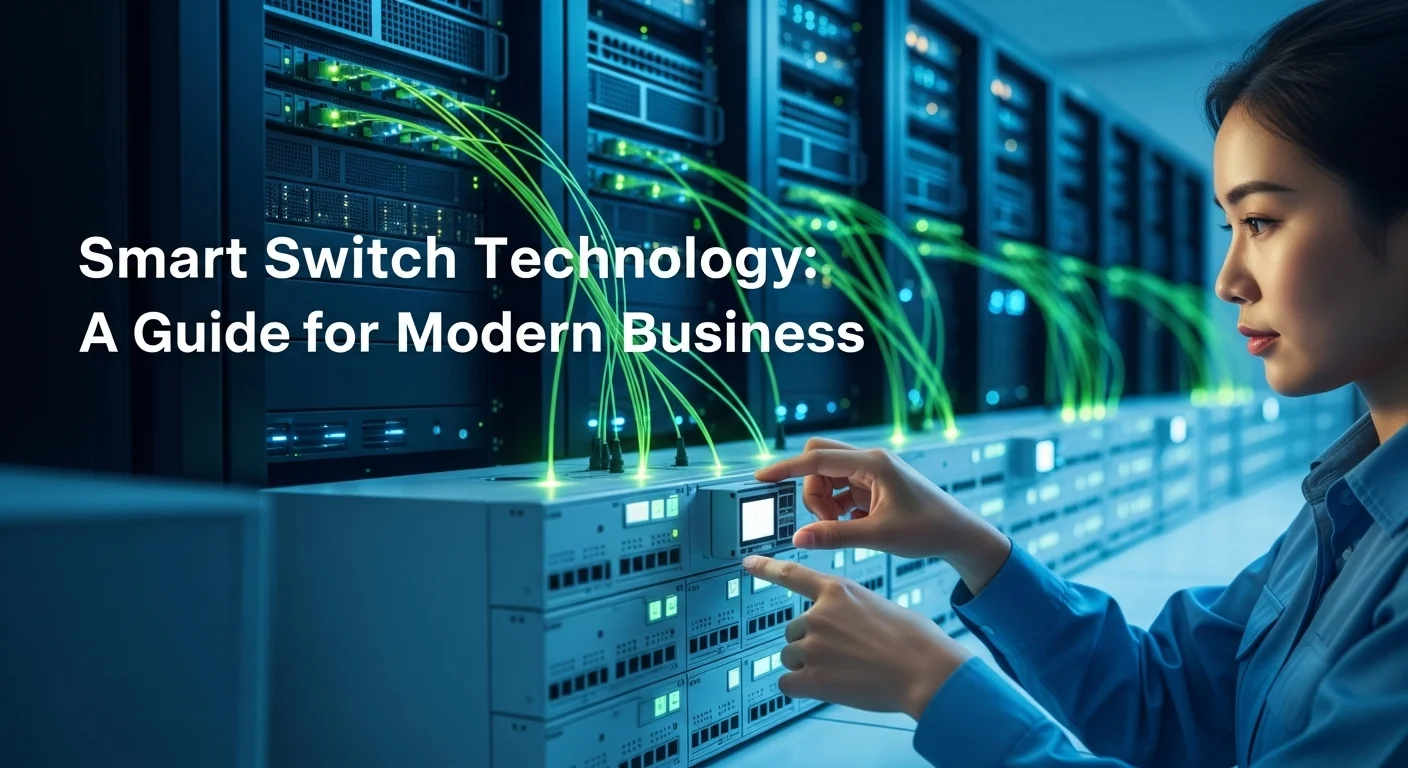The Tech Inside a Starbucks 'Franchise': An Operator's Guide for 2025

Executive Summary
Let's clear the air about the 'Starbucks franchise.' It's one of the most common misconceptions I see. Starbucks uses a licensed store model, and understanding this is the first step. The real secret to their global success isn't just the coffee; it's the technology that ensures every customer gets the same great experience. In this guide, I'll take you inside the tech stack every operator needs, from the powerful Point-of-Sale (POS) systems to the inventory tech that keeps the milk from running out. We'll explore how these systems directly shape the 'Starbucks franchise cost,' including what you pay upfront and what you'll need for ongoing operations. We'll also look at the advanced tools they use, like AI for predicting the morning rush and cloud systems for managing data. If you're thinking about running a Starbucks licensed store, this is the inside look you need. I'll break down the investment and show you how using this tech smartly is the key to succeeding in 2025.
Table of Contents
Table of Contents
- What is a Starbucks Licensed Store?
- The Real Cost: How Tech Defines the Price Tag
- Your Store's Nerve Center: The POS System
- Keeping Track: Inventory Management Tech
- Plugging into the Digital Flywheel: The Starbucks App
What is a Starbucks Licensed Store?
I've talked to countless entrepreneurs who dream of opening a 'Starbucks franchise.' It’s a powerful idea, but it’s based on a misunderstanding of how Starbucks operates in its main markets, like the U.S. and Canada. The truth is, they don't offer traditional franchises. Instead, they use a licensing model, and this choice is all about control. It allows Starbucks to keep a tight grip on its brand, the quality of its coffee, and the unique customer experience it’s famous for. This is a critical difference. A franchisee is more of an independent owner. A Starbucks licensee, on the other hand, runs a Starbucks store inside another business—think airports, university campuses, or grocery stores—and has to follow corporate rules to the letter. This model is why a latte at the airport tastes exactly like the one from your neighborhood store. And what holds it all together? The technology. It's the invisible framework that ensures every Starbucks feels like a Starbucks.
When you start to understand this, you see that Starbucks is as much a tech company as it is a coffee company. The way they blend the digital and physical experience is pure genius. As a licensee, you're not building a business from scratch; you're plugging into this massive, fine-tuned ecosystem. This is why any conversation about the Starbucks franchise cost is really a conversation about technology. That initial investment, which can be anywhere from around $315,000 to over $2 million, is heavily weighted toward the required tech systems. We're talking about everything from the cash register to the network that powers it. The Starbucks franchise price isn't just for a logo; it's for a key to a tech-driven machine that's been proven to work.
Your Store's Nerve Center: The POS System
At the heart of every single Starbucks is a sophisticated Point-of-Sale (POS) system. From my experience, this is the non-negotiable core of the operation. Starbucks uses a heavily customized version of Oracle’s MICROS Simphony platform, and you don't get a choice in the matter. Think of this system as the store's central nervous system. It does so much more than take money. It juggles incredibly complex orders (a venti, half-caff, soy latte with an extra shot and no foam), processes every type of payment you can imagine, and seamlessly connects to the Starbucks Rewards program. The hardware—the touchscreens, printers, and card readers—is all specified by corporate to keep things running smoothly. The cost of this specialized POS is a major part of your initial licensing investment, but it's what makes the magic happen at the counter.
Keeping Track: Inventory Management Tech
Behind the scenes, another piece of tech is just as critical: inventory management. Licensees have to track a dizzying amount of products—coffee beans, milk, dozens of syrups, pastries, sandwiches, and mugs. To manage this, Starbucks relies on its own custom Oracle Retail system to optimize its supply chain. As a licensee, you need a compatible system that speaks the same language. This is what ensures you have enough pumpkin spice in the fall and don't run out of breakfast sandwiches during the morning rush. It helps cut down on waste and makes sure you're ready for every national promotion. The efficiency you gain here directly impacts your bottom line and is a huge part of what makes the initial investment worthwhile. When you're trying to forecast your Starbucks franchise cost for 2025, you have to account for the fact that this technology is always evolving to get smarter and more efficient.
Plugging into the Digital Flywheel: The Starbucks App
A massive chunk of Starbucks' business now comes through its digital channels, especially the mobile app and the Starbucks Rewards program. We're talking about more than 26 million active members in the U.S. alone, with mobile orders making up a huge percentage of sales. For a licensee, being connected to this digital flywheel isn't optional; it's essential for survival. Your store's technology has to handle the constant flow of mobile orders, manage the line between online and in-person customers, and correctly apply loyalty points and rewards. This all depends on a rock-solid, high-speed internet connection that can handle the data flowing back and forth to Starbucks' central cloud. This integration gives you a built-in customer base that uses the app every day. It also means your store is feeding data into Starbucks' massive analytics engine, which helps the company spot trends and personalize offers. The Starbucks franchise price reflects the immense value of being part of this powerful digital world. It's what allows you to offer the same seamless mobile experience that customers expect, driving the kind of loyalty that's nearly impossible for an independent shop to build.

A Complete Guide to Starbucks Tech and Business Solutions
Running a successful Starbucks licensed store means going beyond the basics. Once you've mastered the POS and inventory systems, you need to understand the more advanced tech that powers the business, like cloud computing, artificial intelligence (AI), and cybersecurity. I've seen firsthand how these tools are not just fancy extras; they are what make the operation efficient, keep customers happy, and drive profit. Knowing how to use them is what turns a good operator into a great one and truly justifies the total Starbucks franchise price.
Cloud & Data: The Brains of the Operation
Starbucks runs its global empire on a massive cloud infrastructure, working with giants like Microsoft Azure. Think of the cloud as the central brain that all stores connect to. For a licensed store, this means your most important data—every sale, every cup of coffee sold, every employee hour—is synced with this central brain, not just stored on a computer in the back room. This has huge benefits. First, it's a safety net; if your local hardware fails, your business isn't dead in the water. Second, it allows for real-time insights. Both you and corporate can look at live dashboards to see what's happening and make smart decisions on the fly.
All that data is fuel for Starbucks' powerful analytics and AI engines. By looking at buying habits, the weather, and even local events, Starbucks can push out personalized offers through the app that drive people to your store. As a licensee, you get the benefit of this sophisticated marketing without having to hire your own data scientists. The tradeoff is that you have to keep your tech up to date with corporate standards. Those ongoing software licenses and service fees are a critical part of the long-term Starbucks franchise cost. When you're planning for your Starbucks franchise cost 2025, you have to budget for these recurring tech expenses to stay plugged into the ecosystem.
AI in Action: More Than Just a Buzzword
Starbucks was one of the first in the food service world to go all-in on Artificial Intelligence with its 'Deep Brew' platform. This isn't just a gimmick; it has real, practical uses that help you run your store better. One of the biggest is its ability to predict what you'll need. By analyzing past sales, the AI can forecast demand for certain products, helping you order more accurately. This means less wasted food and fewer chances of running out of a popular item. It can also predict customer traffic, helping you create smarter staff schedules so you're never short-handed during a rush or overstaffed during a quiet spell. In my experience, this is where technology really helps control costs and boost your margins.
AI is also at work inside the equipment. The modern Mastrena espresso machines are packed with sensors that monitor their own health. This data feeds into the Deep Brew platform, which can predict when a machine needs maintenance *before* it breaks down. This proactive approach prevents a disaster, like your main espresso machine dying during the morning rush. The initial Starbucks franchise fee helps cover the cost of this smart, connected equipment. They're even starting to test in-store AI assistants to help employees with recipes and troubleshooting. All these AI-driven efficiencies show you why the Starbucks franchise price is what it is—you're paying for a very high-tech operation.
Cybersecurity: Your Digital Front Door
In today's world, a data breach can destroy a business. As a company that handles millions of customer transactions a day, cybersecurity is a top priority for Starbucks. A security slip-up at a single licensed store could damage the reputation of the entire global brand. Because of this, Starbucks requires all licensees to follow a very strict set of cybersecurity rules. You can't cut corners here.
This includes things like having a secure network, using firewalls, and complying with the Payment Card Industry Data Security Standard (PCI DSS) for every card payment. You are responsible for the security of your store's network. This even includes the public Wi-Fi you offer customers, which can be a weak point if it's not set up correctly. From a security perspective, I always advise operators to use VPNs and make sure their routers are encrypted. The cost of setting up and maintaining these security measures is a non-negotiable part of the Starbucks franchise cost. It's an investment in protecting yourself, your customers, and the powerful brand you represent. It's the digital lock on your front door.

Tips and Strategies to Master Your Store's Technology
Running a truly successful licensed Starbucks means doing more than just the bare minimum. The best operators I've worked with are the ones who use technology creatively to make their store a better place for customers and staff. The core tech is set by corporate, but there's still plenty of room to innovate. Thinking like this can have a huge impact on your profits and make that initial Starbucks franchise price feel like a smart investment.
Improving the In-Store Experience
The Starbucks app is great for ordering, but the experience inside your four walls is up to you. One area where you can make a huge difference is managing the customer line. When you have a flood of mobile orders mixing with in-person customers, things can get chaotic. The smartest operators I've seen install simple digital screens that show customers the status of their order. It's a game-changer. It lowers frustration, manages expectations, and makes the whole process feel smoother. Another crucial point: make sure your public Wi-Fi is fast and reliable. A coffee shop is a 'third place' for people to work and connect. Bad Wi-Fi will send them packing. Investing a little more in top-notch network gear is a small part of the overall Starbucks franchise cost but pays off big in customer loyalty.
Don't just use your digital menu boards for prices. Use them to connect with your community. Feature a 'partner of the month' to celebrate your staff, promote a local event you're sponsoring, or tell the story of the new single-origin coffee you're brewing. This makes your store feel unique and local, not just another link in a chain. It’s a small touch that adds a lot of personality and value beyond the initial Starbucks franchise fee.
Smart Digital Marketing for Your Local Store
While corporate handles the big ad campaigns, you're in charge of marketing to your local neighborhood. Technology is your best friend here. I've seen stores build amazing local followings on platforms like Instagram and TikTok. But it's more than just posting pretty pictures of coffee. The best accounts show off their team's personality, run fun local contests, and actually talk to their customers online. It brings a human touch to the brand. Using simple analytics tools can also show you who your local customers are and what they care about, helping you create events that really connect.
Operationally, simple apps can make a world of difference for your team. Tools like Slack or When I Work can make communication and scheduling a breeze. It takes the administrative headache off your managers and makes life easier for your baristas. A happy and connected team gives better service, period. While Starbucks is developing its own tools, using these proven third-party apps can give you an immediate boost. The monthly cost for these services is tiny compared to the efficiency you gain, giving you a better return on your overall Starbucks franchise price.
Looking Ahead: The Future of Your Store
If you want to stay ahead, keep your eye on sustainability and hyper-personalization. Starbucks is already moving fast in these areas. Sustainability tech, like smart systems that control your lights and air conditioning, can cut your utility bills. Other sensors can help you manage waste and improve recycling. These aren't just good for the planet; they save you money and appeal to customers who care about the environment.
Hyper-personalization is the next big thing. The app already gives personalized suggestions, but imagine a future where in-store tech recognizes a loyal customer (with their permission, of course) and lets your barista greet them by name. This is the kind of deep personal connection that builds unbreakable loyalty. The operators who are ready and willing to adopt these new technologies will be the ones who thrive in the long run. Thinking about these future trends is key when you're considering the long-term commitment and evolution of the Starbucks franchise cost. That initial fee is just the ticket to a journey of constant technological evolution.
Expert Reviews & Testimonials
Sarah Johnson, Licensed Operator ⭐⭐⭐
As a licensed operator, this is pretty accurate. I would have loved to see a bit more on the day-to-day tech challenges we actually face, but it's a great overview.
Mike Chen, IT Consultant ⭐⭐⭐⭐
A solid guide on the Starbucks tech ecosystem. It finally cleared up the whole 'licensed vs. franchise' thing for me. Some of the deeper tech stuff was a little complex, but overall, very helpful.
Emma Davis, Tech Researcher ⭐⭐⭐⭐⭐
Fantastic article! This is one of the best breakdowns I've seen of the tech stack in a Starbucks store. It clearly explains how AI, cloud, and security all fit together. Perfect for my research.



